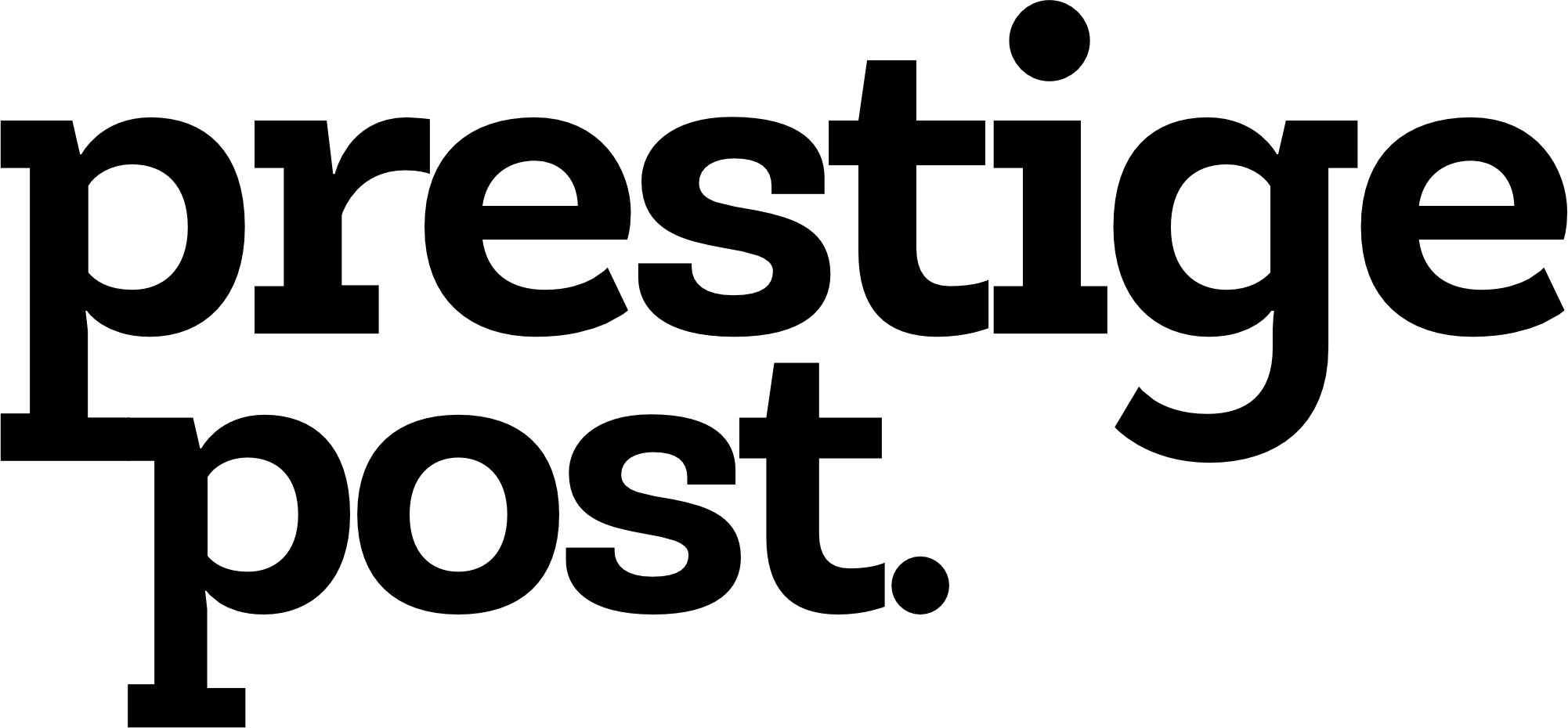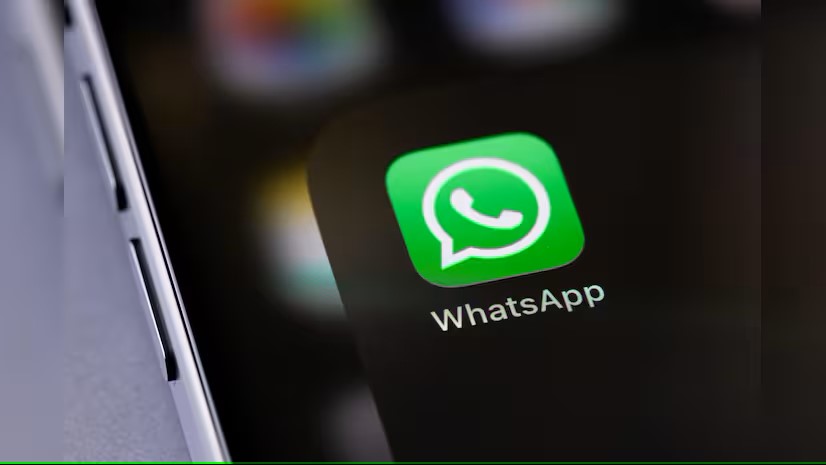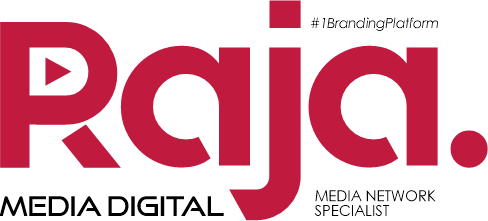Every day, millions of people worldwide use WhatsApp to send messages—making dinner plans, catching up with friends, or coordinating work projects. With nearly three billion active users, WhatsApp has become a staple of global communication, offering a fast, reliable, and free messaging service. But beneath this seamless experience lies a complex and highly profitable business model.
Despite its user-friendly interface and zero-cost accessibility, WhatsApp is a powerful revenue generator for its parent company, Meta. But how exactly does WhatsApp turn a free service into a money-making machine?
How WhatsApp Leverages Business Interactions
The cornerstone of WhatsApp’s revenue strategy is its integration with businesses. While individual users like you and me can use the app without paying a cent, WhatsApp charges businesses for certain interactions. These range from customer service conversations to transactional exchanges such as booking tickets or completing purchases.
Over the past few years, WhatsApp has introduced several features designed specifically for businesses. Companies can now set up public channels to broadcast messages to their followers, allowing them to reach large audiences. While this service is offered for free, the real value comes from personalized interactions between businesses and individual customers, for which WhatsApp charges a fee.
Take, for example, the city of Bangalore in India. In this tech-savvy metropolis, users can now book bus tickets, select their seats, and complete the entire transaction within a WhatsApp chat. This type of convenience is precisely what Meta envisions for the future of WhatsApp. As Nikila Srinivasan, Meta’s Vice President of Business Messaging, explains: “The goal is to enable users to complete transactions without ever leaving the chat thread. Whether it’s booking a flight or processing a return, all of it should happen seamlessly within the conversation.”
In addition to these transactional services, WhatsApp has integrated with Meta’s advertising ecosystem. Businesses can now pay for advertisements on Facebook or Instagram that include a direct link to initiate a WhatsApp conversation. This feature has proven to be incredibly lucrative, generating billions of dollars for Meta.
Diverse Approaches: How Other Messaging Platforms Monetize
While WhatsApp has found success through its business messaging services, other messaging platforms have chosen different paths to profitability.
Signal, for example, takes a nonprofit approach. Known for its strong privacy protections and encrypted messaging, Signal operates entirely on donations. In 2018, it received a $50 million donation from Brian Acton, one of WhatsApp’s co-founders. Signal’s leadership aims to rely on small contributions from users who value its commitment to privacy, moving away from a dependence on large investors.
Discord, another messaging platform popular with gamers, offers a freemium model. While users can access the platform for free, they can pay for premium features like custom emojis and enhanced video streaming. Discord also offers a subscription service called Nitro, which costs $9.99 per month and provides users with additional perks.
Snapchat, developed by Snap Inc., employs a hybrid model. The platform makes most of its money through advertising, with over $4 billion in ad revenue annually. In addition, Snapchat offers a subscription service, augmented reality glasses, and has even earned significant income from interest on financial investments. Between 2016 and 2023, Snap reportedly made nearly $300 million from interest alone.
Element: A Different Take on Secure Messaging
Element, a UK-based messaging platform, has carved out its niche by focusing on secure communications for governments and large organizations. Element’s business model differs from WhatsApp, as it charges its clients to use the platform on their own private servers. This allows organizations to maintain full control over their data while benefiting from Element’s technology.
According to co-founder Matthew Hodgson, Element is nearing profitability, with annual revenues in the “double-digit millions.” Hodgson notes that while secure messaging is becoming increasingly popular, many platforms still rely on advertising as their primary revenue source.
The Role of Advertising in Messaging Platforms
Advertising remains the dominant revenue model for many messaging platforms. Even those that prioritize encryption and privacy can gather significant user data—such as who users communicate with and how often—without accessing the content of the messages themselves. This data can then be used to target users with ads.
As Matthew Hodgson of Element puts it: “If you’re not paying for the service, you are likely the product.” This observation underscores the widespread reliance on targeted advertising in the tech industry. Even platforms like WhatsApp, which offer end-to-end encryption, can leverage user data to generate billions in ad revenue.









